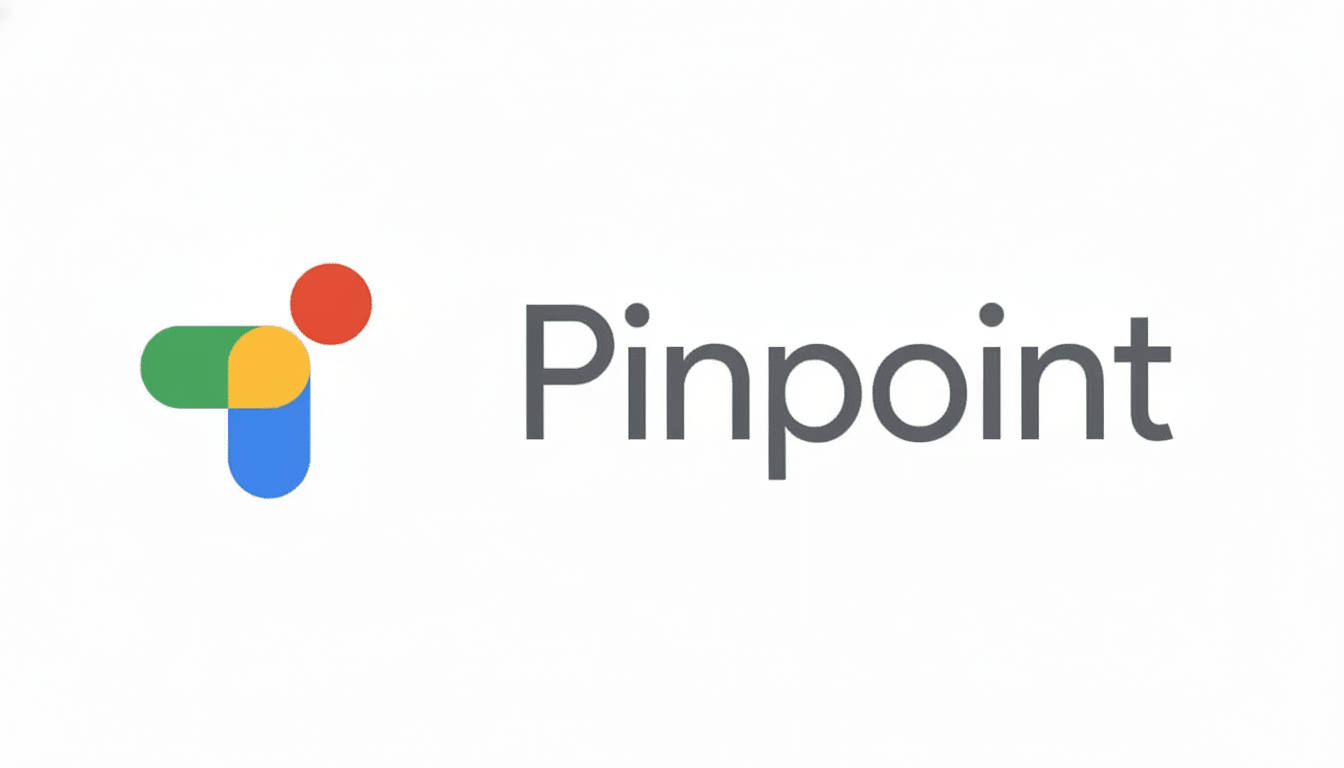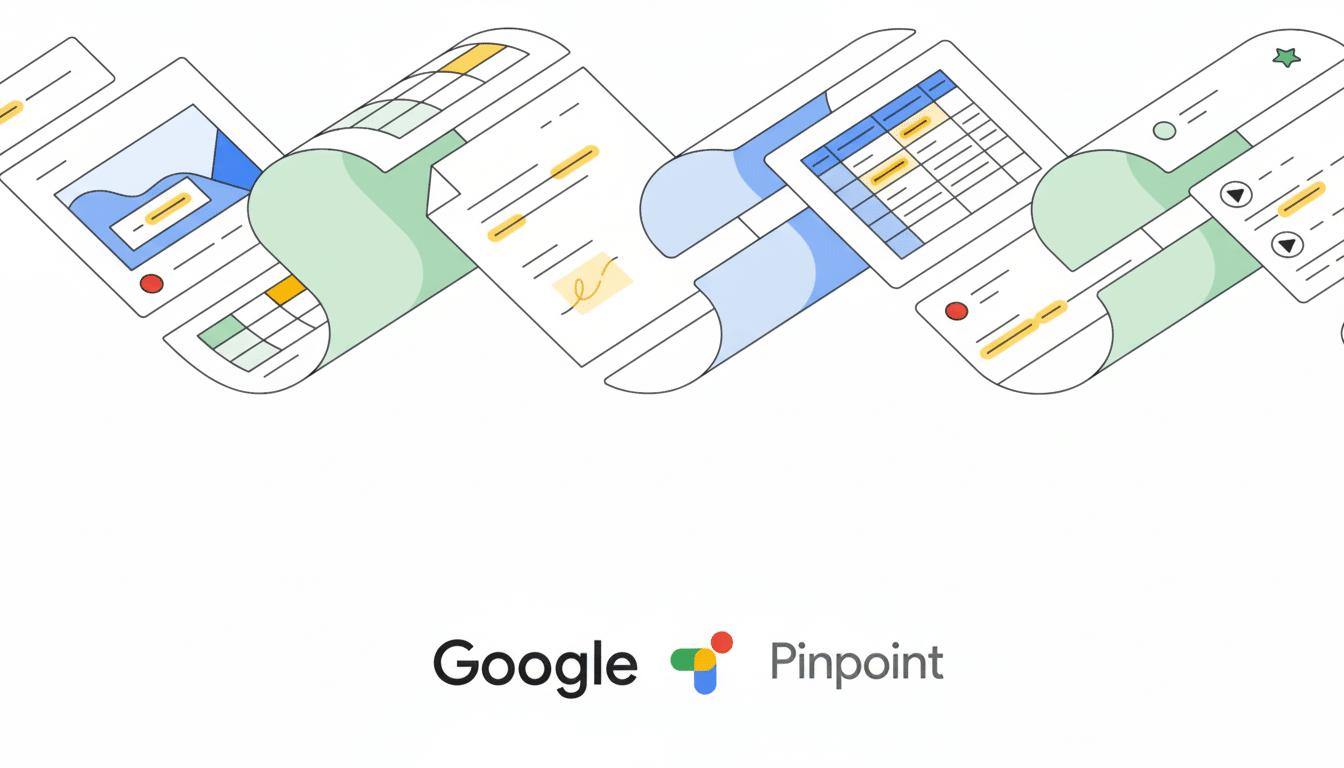There’s a free new course from the Knight Center for Journalism in collaboration with Google that could help revolutionize how you get and work on stories. Designed for journalists but just as valuable to students, authors, and analysts, the program is about pragmatic workflows that can help you navigate your way through information overload. The course will be open for enrollment only for a short time, so if you want the guidance of hands-on AI skills in newsroom reality, this is your moment to dive in.
What This Course Really Teaches About AI Workflows
Your curriculum is organized by four modules that follow the content lifecycle: sourcing and research, drafting and revision, verification and ethics, processing and audience engagement. Don’t expect abstract theory — instead, lots of step-by-step demos and an emphasis on repeatable processes that can be audited visually (you won’t have to sit with me :)).

Through tools like Pinpoint to sift large document sets, transcripts, and PDFs, and NotebookLM to organize source packs and produce grounded summaries. For writers, Gemini provides support for outlining, angle-testing, tone considerations, and reference attribution on the side.
The verification module addresses AI’s Achilles’ heels head-on — bias, hallucinations, and provenance. You will learn to cross-check A.I. outputs with primary sources, keep a clear chain of custody for facts, and disclose when you are using machine aid. The last module takes a deep dive into audience growth, including more sophisticated SEO approaches to best practices for translating content for multilingual impact and using data analytics to spot story opportunities.
Why It Matters Outside Newsrooms and Academia
Even though the toolkit is aimed at journalists, the skills are applicable across knowledge work. Researchers can compress literature reviews. Teachers can create lesson plans from trusted sources. Marketers can complete briefs in minutes with less compromise. Says Microsoft’s Work Trend Index: “The majority of knowledge workers are now doing some form of AI work, but many don’t have disciplined practices — precisely what this training delivers.”
The Knight Center, which is located at the University of Texas at Austin, has already reached hundreds of thousands of learners worldwide with its massive open online courses. It’s even come in handy: the courses focus on real use cases, peer forums, and practical assignments — features that tend to stay when deadlines are tight.

Meanwhile, news organizations are quickly establishing AI policies. The Associated Press has used automation for years to write earnings summaries and now sells content to companies that use it to train A.I., under tight contracts. According to Reuters Institute surveys, the vast majority of newsrooms are now dabbling in generative AI and investing in guardrails for transparency. This course falls right into that sweet spot — ambitious, yet responsible.
The Tools You’ll Be Using Throughout This Free Course
- Pinpoint: Upload a batch of documents and quickly find names, entities, and quotes. Practical example: scan thousands of pages from a public records request to identify recurring players and new leads.
- NotebookLM: Create a living research notebook from PDFs, interviews, and webpages; then ask questions grounded in it with original sources. Example: build a briefing on a complex policy, and automatically generate a fact-checked explainer for your editor.
- Gemini: Outlines, counterarguments, and plain-language summaries — with structured prompts. For example: take a dense report and boil it down into a two-paragraph lede along with bullet takeaways, then repurpose for newsletter or video scripts.
- Google Trends and News Consumer Insights: Find trending topics and audience behavior to determine coverage and distribution priorities, a boon for small teams.
Crucially, the course emphasizes responsible use: always solidly anchor outputs in your reporting or primary documents, avoid synthetic quotes generated from a model’s wording, and document changes so editors can audit your workflow.
Who Should Sign Up and What You Get From Enrollment
Optimal participants are beat reporters, editors, freelancers, educators, nonprofit communicators, and students — as well as creators focused on video or newsletters. The instruction is in English and Spanish, and there’s a certificate of participation upon completion — good for professional development records or LinkedIn.
Seating is limited; the free course is cohort-based. The organizers suggest that you sign up now in order to play an introductory module on the basics of AI, newsroom case studies, and configuration tips before the training itself begins.
How To Prepare Before Day One for Maximum Benefit
- Gather five to 15 documents — reports, interviews, datasets — that you would like to analyze during exercises.
- Sketch a paragraph about your beat or business goals to drive prompt development.
- Review your organization’s AI policy, or embrace commonly accepted guardrails from organizations like the Associated Press, Poynter, or UNESCO. Decide what will and won’t be left to AI — fact-finding and final phrasing, at least, are best kept in human hands.
If you’ve wondered whether A.I. can make your research sharper and writing faster without doing shoddy work, this is a rare opportunity to learn from informed practitioners for free. Do not wait; sign up and bring a real project to gain instant value from day one.

